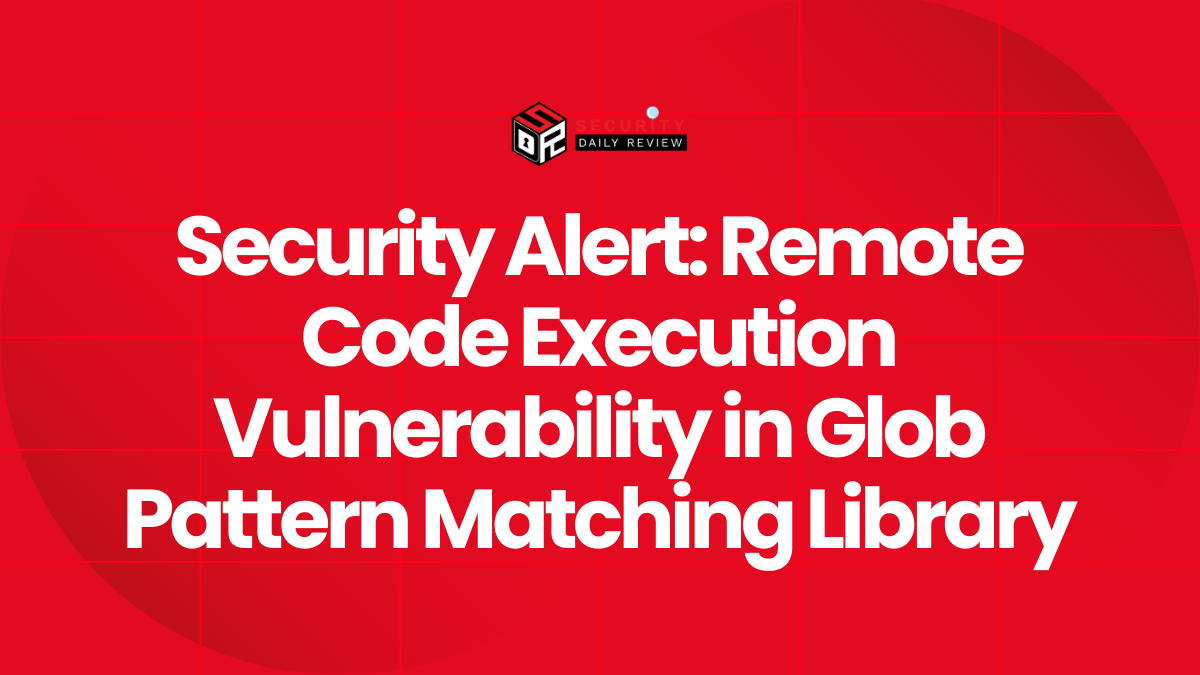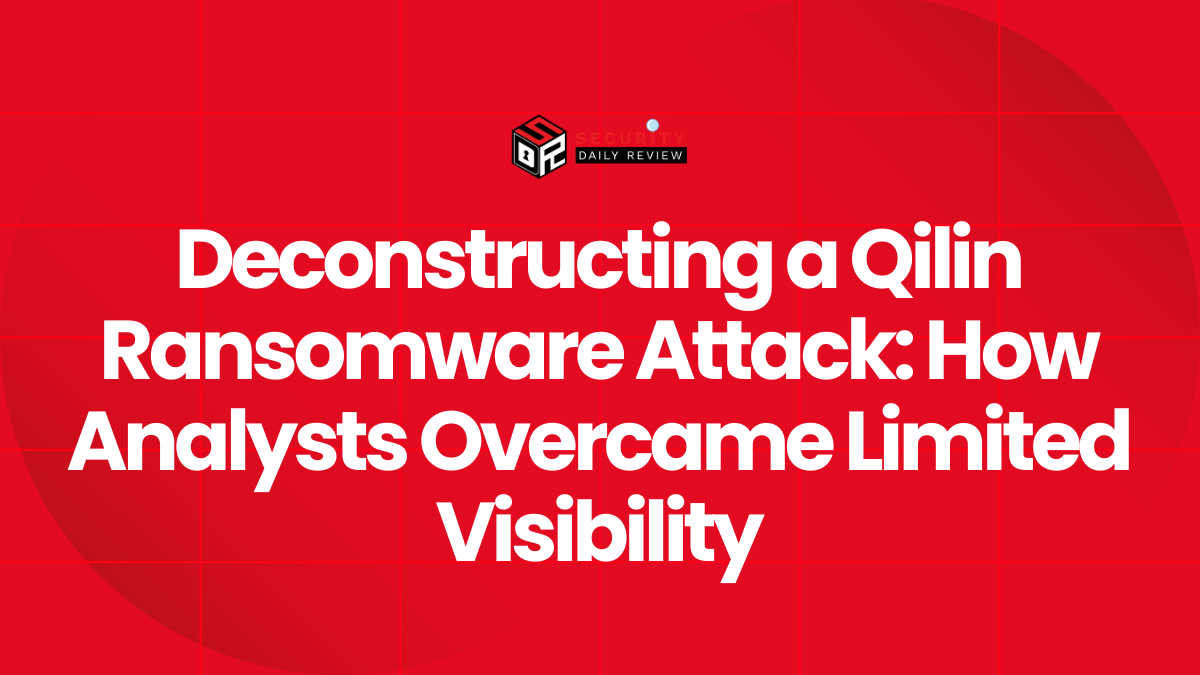A recent investigation has revealed that the advanced persistent threat (APT) group known as Bronze Butler—also tracked as Tick—leveraged a zero-day vulnerability in the Motex Lanscope Endpoint Manager for cyber-espionage operations. Security researchers have confirmed that the attackers used this previously unknown flaw to distribute an updated version of the Gokcpdoor malware across targeted environments.
Motex Zero-Day Used to Breach Enterprise Endpoints
Security analysts believe that the Bronze Butler group weaponized an undisclosed vulnerability in Motex Lanscope, a Japanese-developed endpoint management solution, to gain initial access. The exploitation occurred before the vendor had knowledge of the security flaw, classifying it as a zero-day.
Exploitation Campaign Likely Targeted Japanese Organizations
Bronze Butler has a long-standing focus on intelligence collection from Japanese industrial and defense sectors. In this latest campaign, intrusions appear to have been selective and calculated. Given Lanscope’s popularity among Japanese enterprises for asset monitoring and audit logging, the tool served as a highly strategic vector for privilege escalation and lateral movement.
Key characteristics of the campaign include:
- Zero-day exploit enabled initial remote code execution
- Targeted deployment of the Gokcpdoor backdoor
- Use of customized command-and-control (C2) channels
Security telemetry suggests that lateral movement and persistence mechanisms were deployed swiftly after successful infection, underscoring the group’s operational efficiency.
Gokcpdoor Revamp Adds Stealth and Flexibility
The updated version of Gokcpdoor observed in this campaign features expanded capability compared to earlier variants, offering more robust evasion and control features.
Enhanced Features in New Malware Variant
Originally uncovered in past Bronze Butler campaigns, Gokcpdoor serves as a fully functional remote access trojan (RAT). The latest iteration introduces:
- Improved obfuscation of communication channels
- More granular command execution functionality
- Enhanced exfiltration of data including screenshots, running processes, and file metadata
Researchers note that the malware can be embedded in memory without leaving artifacts on disk, complicating detection by traditional endpoint protection platforms.
“These enhancements show a continued evolution of Gokcpdoor to evade behavioral and signature-based detection engines,” stated one analyst familiar with the investigation.
The changes are consistent with broader trends in APT malware refinement, where threat actors incrementally adjust capabilities to maintain stealth and persistence.
Attribution and Operational History of Bronze Butler
Bronze Butler, operating since at least 2008, is widely regarded as a China-linked APT group with a history of cyber-espionage focused on Japan. Its toolset includes downloaders, credential stealers, and lateral movement utilities, with a measured and deliberate operational cadence.
Typical Tactics, Techniques, and Procedures (TTPs)
Over the years, incident response teams have cataloged consistent patterns of compromise tied to this actor. These typically involve:
- Spear-phishing campaigns using Japanese-language lures
- Exploitation of n-day or zero-day vulnerabilities in regional software
- Custom malware implants such as Daserf, xxmm, and Gokcpdoor
The group’s deployment of the Gokcpdoor malware via a vulnerable Japanese software platform fits a pattern of leveraging trusted regional tools for initial access, which allows operations to persist undetected for extended periods.
Mitigation Guidance and Vendor Response
Motex has since patched the exploited vulnerability in the Lanscope Endpoint Manager. Organizations are urged to update their installations immediately and review system logs for signs of compromise.
Recommendations for Enterprise Defenders
System administrators and security teams should take the following steps to mitigate potential exposure:
- Apply the latest security update for Lanscope Endpoint Manager
- Conduct retroactive threat hunting for Gokcpdoor-related activity
- Monitor for unusual command execution from Lanscope-related processes
- Implement detection logic for anomalous C2 communications
Given the malware’s memory-resident nature and the attackers’ use of zero-days, behavioral monitoring and memory scanning remain critical.
Conclusion: Another Reminder of APT Adaptability
The Bronze Butler campaign reinforces the growing risk posed by regionally focused APT actors exploiting local software supply chains or tools. By leveraging a zero-day in Lanscope and combining it with an improved Gokcpdoor malware, the group has demonstrated both technical prowess and strategic intent to advance their cyber-espionage goals. For defenders, staying current on threat actor TTPs and maintaining high patch management discipline remains essential for early detection and compromise prevention.









